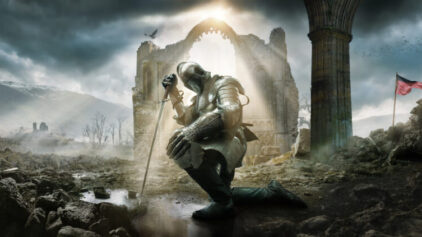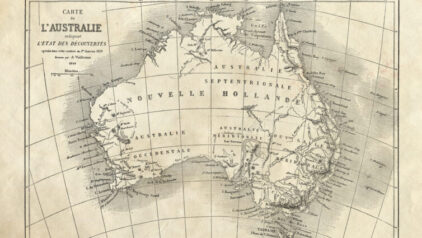

When you’re building your family tree, there are few things that can cause more confusion than running into the same names over and over again. It can leave you wondering, “How can I be sure I’ve found the right John Smith?” or “Am I even following the right branch?”
If you’re new to genealogy, it’s easy to assume that every record with the right name belongs to your ancestor, but the truth is quite different. You see, traditions like namesakes and religious naming can add an unexpected extra layer of complexity to the process and derail your search.
As such, when you’re trying to understand why names repeat across generations, knowing how religious customs influence naming can help in a big way. So, stick around as we explore what these names are and what they mean to you.
So, What Are Namesakes?
Essentially, a namesake is someone who has been named after another person, usually a family member. Naming children after parents and grandparents is a common practice that’s observed in many cultures, as it’s a way to honor previous family generations and strengthen already-existing bonds.
The problem is that when this happens over several generations, it can make it much trickier to track individuals. That’s why it’s super important to check each bit of info you get against multiple genealogy sources wherever possible.
For instance, if each eldest son was named after his grandfather in your family tree, you might find three or four people with identical names living within a few decades of each other. Without careful attention to dates and other details, it can be extremely easy to mix them up.
What About Religious Names?
As you might expect, religious names are given to children to reflect religious beliefs. In Catholic families, for example, it’s common to name children after saints, meaning many boys are named Joseph, John, or Paul, and girls are often named Mary or Anne. Then you have Jewish families, where naming customs varied depending on where they came from.
In many cases, children were given a Hebrew name used in religious contexts, which may differ from the official name in civil records. These names often include the parents’ names (“David ben Abraham” or “Sarah bat Rachel”) and can appear on memorial plaques, gravestones, and other genealogical sources.
Naming Traditions That Can Mislead You
Also, religious naming can result in clusters of people with the same names in the same community or family line. Without direct insight into these traditions, it’s easy to assume you’ve found a match in your records when, in reality, you could be looking at a completely different person.
Understanding where your ancestors came from can offer valuable context for religious and cultural naming patterns. You can learn more about how ethnicity and regional history influence family trees in our interesting article on DNA Basics.
Why Namesakes and Religious Names Matter in Genealogy
Knowing about naming patterns isn’t just about avoiding mistakes. It can actually lead to you unlocking more hidden connections in your family tree. That’s because when you understand the traditions behind repeated names, it’s easier to spot family relationships you might otherwise miss.
You’re better placed to find answers to questions like:
- Is this John Smith the right age to fit into this family branch?
- Does the baptism or marriage record line up with the timeline I know?
- Is there a family pattern of naming after certain saints, relatives, or ancestors in my family?
Helpful tools like MyHeritage’s Record Matching feature can support you by automatically identifying potential matches in historical records based on your family tree, helping you spot patterns and make connections faster.
Unlocking the Real Stories Behind the Names
Namesakes and religious names can add real meaning to your family’s story, but they can also create roadblocks if you’re not aware of how they work. Taking the time to understand naming customs allows you to build a more accurate, detailed family tree and avoid the common pitfalls that many fall into.
If you’re interested in diving deeper into your ancestors’ lives, MyHeritage can help. With access to billions of historical records and smart genealogy tools, our platform can help you connect the dots and uncover the real people behind the names.
Why not start your discovery today?











Lloyd de Vere Hunt
May 30, 2025
This is an important blog in that it looks at evidence from the point of view of continuity between people and records
I have two interesting observations from our past to supplement the good work here
1) My Irish families used middle and even first names to preserve all the maiden names of the past. In a large family like my great grandmother’s of 14 children, you might have a considerable historical repository of what to expect moving backward through the tree. Very common there.
2) My Courland families received whatever names that the pastor suggested for them and these were legal names which you would see only at birth and death. Thus we have families with multiple Georges as full brothers.
a)This was the case of my 4th ggf whose older brother, George was called Wilhelm his entire living record but when he died in battle it was reported as George.
b) In another family, we have three Juliana’s – I imagine the Saint’s name but it was in their legal name. But all three girls were known by their second names thereafter.
I would love to here contributions about other quirks because they help us avoid assumptions that take us astray.